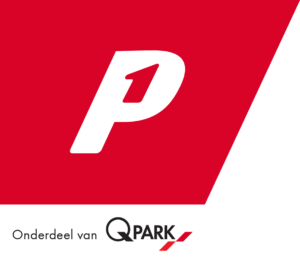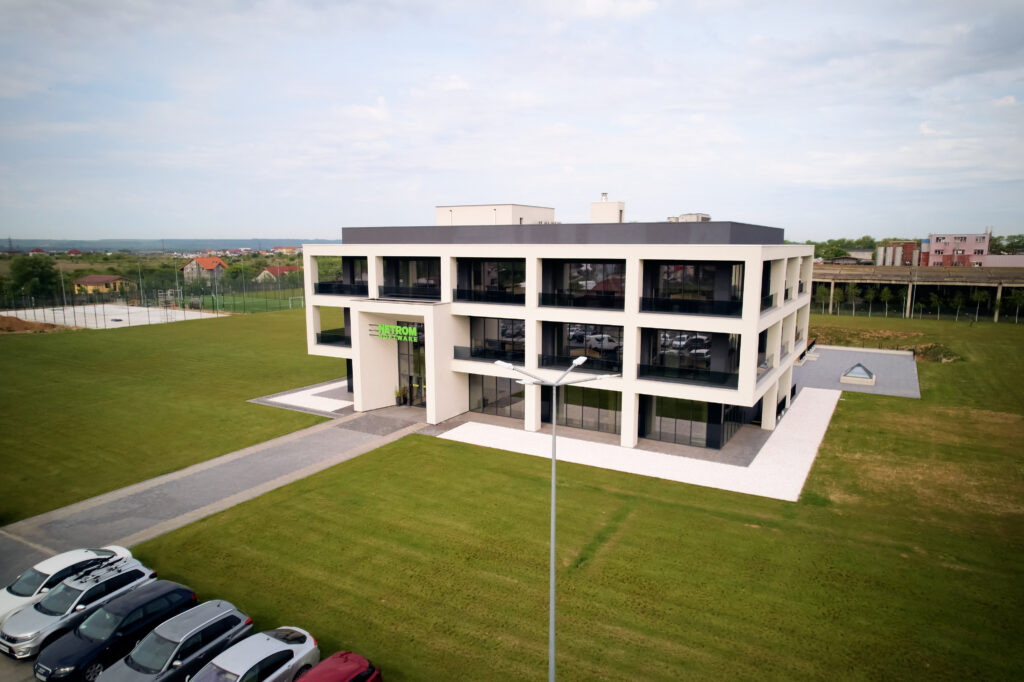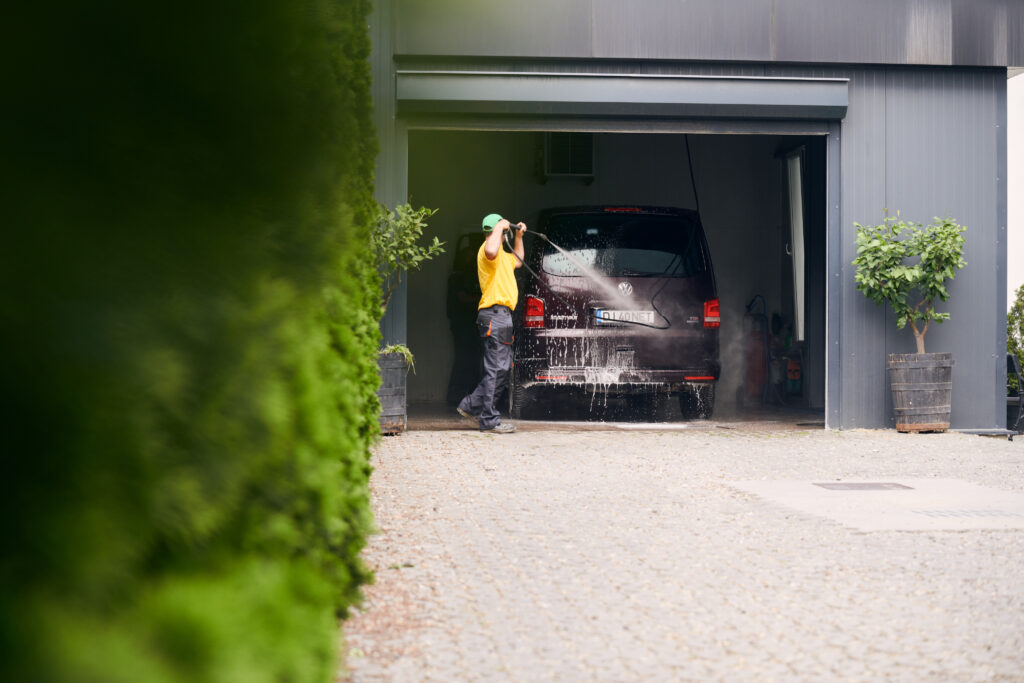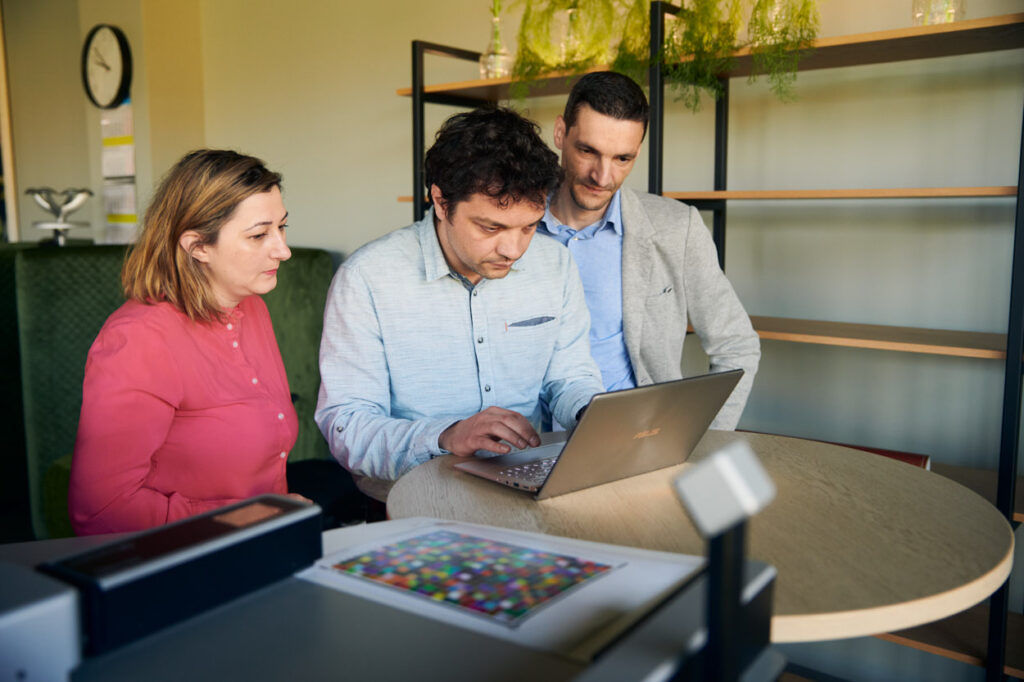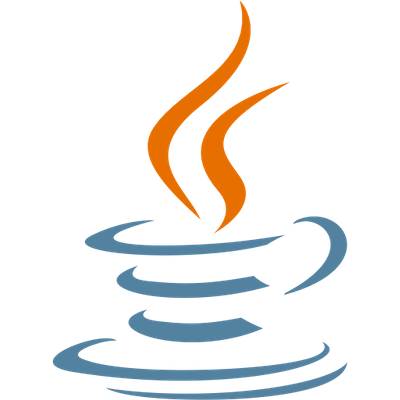Markerink considers working with NetRom a true partnership. “We are a close-knit team. For day-to-day collaboration we use a scrum application. We start with a morning daily session, hold planning meetings, do sprint refinements so everyone clearly understands what needs to be done, and hold a retrospective at the end of sprints. For example, we do back and forth code peer reviews, so that we can help each other improve. Whenever code is added, a merge request is made, which is reviewed by at least one other developer. Code will be approved or returned with comments.” Incidentally, not everything fits into the scrum model; NetRom’s team members also play a role in software support.
At the start of the partnership, NetRom also helped P1 set up a good development process, says Markerink. “At first, we partly worked according to scrum principles. In practice, scrum is quite unruly. What is also very valuable to us is that NetRom has a sizeable network of IT people. Our internal group is small, but we can turn to NetRom with all sorts of questions, such as which technology is best for which application. This has already led to choices that would have turned out differently had we not consulted with them. Furthermore, in NetRom we have a partner who takes care of everything, and all team members work well together. This is not a split team working at a great distance.”
Regarding the importance of proximity, Markerink says: “Understanding and cooperation are easier when you are close. Of course, we could have opted for Dutch developers – if that had been easy, we might have gone down that route. However, the reality is different. In the Netherlands, it is very difficult to find good developers who will commit to a project for a longer period. Developers in the Netherlands have many options – they can go to work at all kinds of trendy companies. Our line of business is not the first thing that comes to mind.”
Where do the current software development priorities lie? Markerink: “We regularly take part in tenders. Apart from that, there is always development work to be done. We don’t have a very specific direction of innovation – all kinds of opportunities are constantly arising. Scanning vehicles driving through cities, for example, can also be used for purposes other than scanning license plates. When it comes to innovation, the possibilities are endless.”

